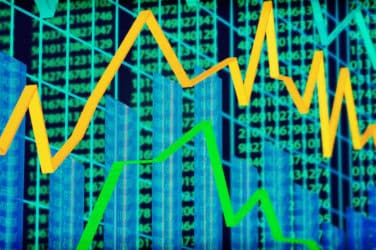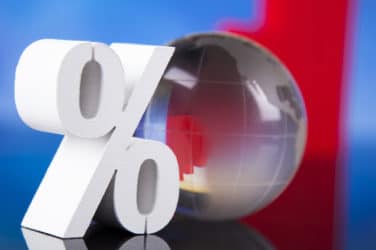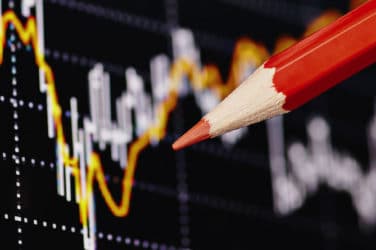
Despite a market that has slowed amid widespread uncertainty, options and derivatives asset classes are in a position for growth going forward.
“The options industry has shown tremendous resilience despite the equity volume, as well as the underlying business that is so important to us, dropping,” said Gary Katz, chief executive of the International Securities Exchange. “A lot of the uncertainty today comes from investors not having conviction as far as which way the market is going. If you have a portfolio, and you won’t sell off or add to it, that will mean low volumes.”
One of the biggest prospects of growth in the options world has been the inception of weeklies.
“With weekly options, traders can buy insurance and sell covered calls to enhance their return, and that has contributed to some of the growth that we’ve seen in the industry,” said Katz. “The two things that we can do to help further grow options are education and innovation. One thing this industry has done well is education, in helping retail and institutional players know how they can use this product even in a market that’s going sideways and with low volatility. Everyone thinks options are best used with high volatility but it can also be used in times of low volatility.”
Weekly options were introduced in 2005 by the Chicago Board Options Exchange, 32 years after introducing the call option. They behave like monthly options in every respect, except that they only exist for eight days. They are introduced each Thursday and they expire eight days later on the following Friday. Investors who have historically enjoyed 12 monthly expirations—the third Friday of each month—can now enjoy 52 expirations per year.
Investor interest in weeklies has surged since 2009, and they now make up about 25% of average daily trading volume in options.
“We are seeing options traders following the same evolutionary cycle as futures went through a few years ago,” said Hazem Dawani, chief executive of trading platform OptionsCity. “Futures trading quickly moved from open outcry to electronic, and then to high-frequency trading. Options are moving in the same way.”
The options industry saw a 17% bump in trading volume in 2011, according to the Options Industry Council. It was the first time volume topped four billion contracts in a single year and the ninth consecutive year of annual record volume.
“This increase in volumes seems logical given the high volatility of markets in 2011, which may have driven the need for hedging upwards,” said one derivatives exchange executive.
However, through the first two months of 2012 options trading volume has declined year-over-year. The drop was 11% in January, and 1% for February.
“There’s a lot of uncertainty in the market right now, there’s uncertainty in Europe and in Asia, and the largest single point is the [U.S.] election in November,” said Katz of International Securities Exchange. “So far, that seems to have created a great deal of uncertainty in the marketplace, and prevented people from generating a lot of conviction one way or the other as to which way the market is going. I have a sense that we will see volumes around where we are today for some time. Until we get some clarity on the situation, it will remain the same.”
The heightened volatility seen for much of the year was one of the main factors driving the options trading volume. Options are a powerful tool which can be used to hedge risk during uncertainty as well as enhance returns during a bull market.
“Over the last 25 years, I’ve seen volatility increase and decrease in cycles, but the overall cycle is toward growth,” said the derivatives exchange executive. “You will continue to see growth. There are signs that the economy is strong, but the Fed will keep interest rates low through 2014. There are a lot of opposing factors in the marketplace. Those factors are what will drive the markets.”
Market volatility was high for much of 2011, as the CBOE Volatility Index indicated. Two and three per cent intraday swings became the norm. The surges came in the wake of a slew of macroeconomic events, including the European debt crisis and the U.S. debt downgrade. The VIX reached a high of 48 on August 8, 2011, as the markets reacted to the lengthy U.S. debt ceiling negotiations and the Standard & Poor’s downgrade of U.S. debt. Since late 2011, however, volatility has settled down and has remained in the high-teens and low-twenties. As of mid-day March 19, the VIX was trading at about 14.





